

Articles
How To Protect Furniture When Moving
Modified: January 21, 2024
Looking to protect your furniture during a move? Learn how to wrap and secure your valuable pieces with our helpful tips and tricks.
(Many of the links in this article redirect to a specific reviewed product. Your purchase of these products through affiliate links helps to generate commission for Storables.com, at no extra cost. Learn more)
Introduction
Moving can be a hectic and stressful process, particularly when it comes to transporting your furniture. Whether you are moving to a new home or relocating your furniture to a storage facility, it is essential to take proper precautions to protect your valuable possessions.
In this article, we will provide you with valuable tips and techniques on how to protect furniture when moving. From planning and preparation to wrapping, securing, and handling, we will guide you through each step of the process to ensure the safe transport of your furniture.
By following these steps, you can minimize the risk of damage and maintain the pristine condition of your furniture, giving you peace of mind throughout the moving process.
So, let’s delve into the details and learn how to protect your furniture effectively when moving.
Key Takeaways:
- Protect your furniture during a move by planning, disassembling, wrapping, securing, and handling with care. Proper preparation and attention to detail will ensure your furniture arrives safely and in pristine condition.
- Utilize additional tips such as taking pictures, protecting from moisture, and insuring your furniture to go the extra mile in safeguarding your valuable possessions. These precautions will provide added protection during the moving process.
Read more: How To Protect Patio Furniture
Planning and Preparation
Before you start moving your furniture, it is crucial to create a plan and gather the necessary supplies. This will help streamline the process and ensure that you have everything you need to protect your furniture during the move.
Firstly, take stock of all the furniture you will be moving and make a list. Assess the size, shape, and weight of each item to determine the best way to handle and transport it. This will also help you estimate the amount of packing material and the size of the moving truck you will need.
Next, ensure you have the following supplies on hand:
- Furniture blankets or moving pads
- Plastic wrap or stretch film
- Packing tape
- Foam padding or bubble wrap
- Furniture straps or bungee cords
- Cardboard corner protectors
- Labels and markers
- Tools for disassembling furniture, such as screwdrivers and Allen wrenches
Once you have gathered your supplies, make a plan for the order in which you will move and pack your furniture. Start with the largest and heaviest items and progress to the smaller pieces. This will make it easier to load and unload the moving truck and minimize the risk of damage to other items.
Additionally, measure your furniture and doorways to ensure that everything will fit through without any issues. If necessary, remove doors or disassemble certain pieces to facilitate a smooth and safe passage.
Lastly, consider hiring professional movers or enlisting the help of friends or family members. Moving heavy furniture can be physically demanding, and having extra hands can make the process much more efficient and prevent accidents.
By planning ahead and having all the necessary supplies and support, you can set yourself up for a successful and organized furniture move.
Disassembling Furniture
Disassembling your furniture before the move can help reduce the risk of damage and make transportation much more manageable. This step is particularly important for large or bulky items, such as bed frames, dining tables, and bookshelves.
Start by referring to the manufacturer’s instructions, if available, or use your own judgment to determine the best way to disassemble each piece of furniture. Use appropriate tools, such as screwdrivers, Allen wrenches, and pliers, to remove any screws, bolts, or other fasteners.
As you disassemble your furniture, place any small parts, such as screws or brackets, in labeled bags or containers. This will make it easier to reassemble the furniture later on.
Take care to keep track of which parts belong to which piece of furniture. You can take pictures or make notes to ensure you can easily put everything back together at your new location.
Remember to keep all the disassembled parts together and pack them securely. You can use plastic bags or wrap them in bubble wrap or foam padding to prevent them from getting lost or damaged during transit.
If you are uncertain about how to disassemble a particular piece of furniture or if it is particularly complex, it might be best to consult a professional or seek guidance from the furniture manufacturer.
Disassembling your furniture not only makes it easier to move but also helps protect delicate parts and reduces the risk of accidents during transportation. It is a crucial step in ensuring the safety and integrity of your furniture throughout the moving process.
Wrapping Furniture
One of the most effective ways to protect your furniture during a move is by wrapping it properly. Wrapping serves as a barrier against scratches, dents, and other damage that can occur during transportation.
Here’s how you can wrap your furniture to ensure maximum protection:
- Use Plastic Wrap: Start by wrapping the furniture in plastic wrap or stretch film. This transparent, clingy material helps keep the furniture pieces tightly bound together and prevents them from shifting during the move. Wrap the plastic wrap around the furniture several times, ensuring that all the corners and edges are covered.
- Protect with Furniture Blankets: After wrapping the furniture in plastic, cover it with furniture blankets or moving pads. Furniture blankets provide an extra layer of cushioning and protection against bumps and scratches. Secure the blankets with packing tape or furniture straps to keep them in place.
- Focus on Fragile Areas: Pay special attention to fragile areas, such as glass tabletops or delicate woodwork. Use foam padding or bubble wrap to provide additional protection for these vulnerable parts. Secure the padding firmly with tape or plastic wrap.
- Use Cardboard Corner Protectors: For furniture with sharp corners, such as dressers or cabinets, use cardboard corner protectors. These protectors are placed over the corners and provide extra reinforcement to prevent any damage to nearby items or surfaces.
- Label and Identify: As you wrap each piece of furniture, be sure to label them with markers or use colored tape to indicate which room they belong to. This will make the unpacking process much easier and organized.
Remember to be thorough and take your time when wrapping furniture. Ensure that all surfaces are covered and that the wrapping materials are securely fastened. This will help safeguard your furniture and provide peace of mind during the move.
Using Furniture Blankets
Furniture blankets, also known as moving blankets, are thick, padded blankets specifically designed to protect furniture during transportation. These blankets serve as a protective barrier against scratches, dents, and other potential damage that can occur while moving your furniture.
Here are some tips on how to effectively use furniture blankets:
- Select the Right Type: There are different types of furniture blankets available, each with varying levels of thickness and padding. Choose blankets that are specifically designed for moving and provide adequate protection for your furniture.
- Wrap Individual Pieces: Before placing your furniture in the moving truck, wrap each individual piece securely with a furniture blanket. Ensure that all surfaces are covered and that the blanket is snugly wrapped around the furniture.
- Secure with Tape or Straps: Use packing tape or furniture straps to secure the furniture blanket in place. This will prevent the blanket from slipping during transit and exposing your furniture to potential damage.
- Create Layers: If you are transporting multiple furniture items, consider creating layers of furniture blankets between them. This additional layer of padding will provide extra protection and minimize the risk of scratches or dents caused by contact between items.
- Protect Fragile Parts: Pay special attention to fragile or delicate parts of your furniture. Use additional padding, such as foam or bubble wrap, to provide extra cushioning and protection for these vulnerable areas.
- Utilize Blankets for Large Surfaces: Furniture blankets can also be used to protect large surfaces, such as tabletops or dresser tops. Simply drape a furniture blanket over the surface and secure it with tape or straps.
- Stack and Arrange Carefully: When loading your furniture into the moving truck, arrange the pieces in a way that ensures stability and minimizes any shifting during transit. Use straps or ropes to secure the furniture in place, especially if you are stacking them on top of each other.
By using furniture blankets effectively, you can significantly reduce the risk of damage during the moving process. Your furniture will be well-protected and arrive at its destination in the same condition as it was before the move.
Wrap furniture in moving blankets or bubble wrap to protect it from scratches and dents during the move. Use furniture sliders to easily move heavy pieces without damaging floors.
Securing Furniture in the Moving Truck
Properly securing your furniture in the moving truck is crucial for preventing shifting, sliding, and potential damage during transportation. Taking the time to secure your furniture will ensure a smooth and safe journey to your new location.
Here are some steps to follow when securing your furniture in the moving truck:
- Start with a Clean and Empty Truck: Before loading your furniture, make sure the moving truck is clean and free from any debris. Remove any unnecessary items to provide ample space for your furniture.
- Place Heavy Items at the Bottom: Start by loading the heaviest furniture items into the truck first. These items should be placed at the bottom to create a stable base for the rest of the furniture.
- Secure with Straps or Ropes: Use sturdy furniture straps or ropes to secure each piece of furniture to the truck’s tie-down points. Wrap the straps or ropes around the furniture and attach them to the tie-down points or the truck’s walls. Make sure the straps are tight enough to prevent any movement during transit.
- Prevent Sliding with Wedges or Blocking: To prevent sliding or shifting, use wedges or blocking materials between furniture items. These can be foam pads, folded cardboard, or even pieces of furniture blankets. Place them strategically between items to create a snug fit and keep everything in place.
- Properly Stacking Furniture: If you need to stack furniture pieces on top of each other, make sure to do so carefully and securely. Place the heavier and more stable items at the bottom, and use furniture blankets or padding between them to protect against scratches.
- Allow Adequate Space: Be mindful of leaving enough space between furniture items and the truck’s walls. This will help prevent damage from the movement and shifting that can occur during transportation.
- Regularly Check and Re-tighten: During breaks or pit stops, check the security of your furniture and re-tighten any straps or ropes if needed. It’s important to ensure that everything remains securely in place throughout the entire journey.
By taking the time to secure your furniture properly, you can minimize the risk of damage during transportation. Your furniture will arrive at your new location in the same condition as when it was loaded into the truck.
Proper Handling and Lifting Techniques
Proper handling and lifting techniques are essential when moving furniture to prevent injuries to yourself and damage to the furniture. By following these guidelines, you can ensure a safe and injury-free moving experience:
- Use Proper Lifting Form: When lifting heavy furniture, always bend at your knees and use your leg muscles, rather than straining your back. Keep your back straight and your core engaged. Avoid twisting while lifting to prevent strains or sprains.
- Ask for Help: Don’t hesitate to ask for help when moving heavy or bulky furniture. Enlist the assistance of friends, family members, or professional movers to share the workload and ensure safe lifting practices.
- Communicate: Establish clear communication with your co-lifters before lifting any furniture. Agree on the count and direction of movement to ensure a synchronized effort and minimize the risk of accidents.
- Use Moving Straps or Harnesses: Utilize moving straps or harnesses to distribute the weight of heavy furniture more evenly across your body and provide additional support. This can help alleviate strain on your back and make lifting more manageable.
- Clear Pathways: Before attempting to move furniture, ensure the path is clear of obstacles such as loose rugs, toys, or low-hanging objects. Clearing the way will help prevent tripping or dropping items while in transit.
- Take Breaks: Moving furniture can be physically demanding, so be sure to take regular breaks to rest and re-energize. Overexertion can lead to muscle strains and fatigue, increasing the risk of accidents.
- Use Furniture Dollies or Sliders: When possible, utilize furniture dollies or sliders to aid in moving heavy furniture across smooth surfaces. These tools reduce friction and make it easier to maneuver items, minimizing the strain on your body.
- Use Proper Grip: Maintain a firm grip on the furniture, utilizing both hands whenever possible. This will provide better control and stability during the lifting and moving process.
- Take Precautions for Staircases: When carrying furniture up or down the stairs, exercise extra caution. Make sure the path is clear, use proper lifting techniques, and consider using additional helpers to safely navigate the stairs.
Remember, your safety should always be the top priority when moving furniture. By following these proper handling and lifting techniques, you can reduce the risk of injuries and ensure the protection of your furniture throughout the moving process.
Unpacking and Assembling Furniture
Once you have safely transported your furniture to your new location, it’s time to unpack and assemble them. Proper unpacking and assembly techniques will ensure that your furniture is set up correctly and ready for use.
Here are some tips to guide you through the unpacking and assembling process:
- Refer to Your Labels and Plan: When unloading the moving truck, refer to the labels you placed on each piece of furniture to easily identify which room they belong to. Use your initial plan to determine where each piece should be placed in your new home.
- Clear the Area: Before unpacking and assembling furniture, clear the area of any clutter or obstacles. This will provide you with a clean and safe working space.
- Assemble in Order: Start with the larger furniture pieces first, such as beds or large cabinets. Follow the instructions provided by the manufacturer carefully to ensure proper assembly.
- Check for Missing Parts: Before proceeding with assembly, check all the parts and hardware to ensure that nothing is missing or damaged. Contact the manufacturer if any parts are missing or if you need assistance.
- Take Your Time: Assemble each piece of furniture with care and precision. Rushing through the process can lead to mistakes or improper assembly, which can later result in instability or damage.
- Use the Correct Tools: Refer to the assembly instructions and use the recommended tools to ensure a proper fit and secure assembly. Using incorrect tools can cause damage to the furniture or result in an unstable finished product.
- Secure Loose Parts: Double-check that all screws, bolts, and other fasteners are tightened properly. Loose parts can cause instability and potential damage to the furniture over time.
- Follow Safety Precautions: Be cautious during the assembly process, especially when dealing with heavy or complex furniture pieces. Use proper lifting techniques and consider seeking assistance if needed.
- Dispose of Packaging Materials Properly: Once the furniture is unpacked and assembled, dispose of the packaging materials responsibly. Recycle or properly dispose of cardboard boxes, plastic wrap, and other materials to maintain a clean and organized space.
By following these guidelines, you can efficiently unpack and assemble your furniture, ensuring that it is set up correctly and ready for use in your new home.
Additional Tips for Protecting Furniture
In addition to the steps mentioned earlier, here are some additional tips to further protect your furniture during the moving process:
- Take Pictures Before Moving: Before disassembling or packing your furniture, take detailed pictures of each piece from different angles. These photos can serve as documentation and help in case of any damage claims.
- Protect Furniture from Moisture: If you anticipate any exposure to moisture during the move, such as during rainy weather or a long-distance move, consider wrapping your furniture in waterproof plastic or using moisture-absorbing packets.
- Keep Hardware Organized: When disassembling furniture, place all the screws, bolts, and other hardware in labeled bags or containers. This will prevent them from getting lost and make reassembly easier.
- Avoid Direct Sunlight: If possible, avoid exposing your furniture to direct sunlight during the move, as it can cause fading and deterioration of the materials. Keep your furniture covered or place it away from direct sunlight in the moving truck.
- Consider Climate Control: Depending on your geographic location and the type of furniture you have, you may want to consider a climate-controlled moving truck or storage facility. This helps protect your furniture from temperature and humidity fluctuations, which can cause damage like warping or cracking.
- Use Mattress Covers: Invest in protective covers for your mattresses to keep them clean and prevent any stains or damage during the move. Mattress covers also provide an additional layer of protection against dust and moisture.
- Secure Fragile Items: For fragile items like glass tabletops or mirrors, reinforce them with packing material like bubble wrap or foam padding. Then mark the packaging with “fragile” labels to alert movers to handle them with care.
- Consider Professional Packing: If you have delicate or high-value furniture, it may be worth considering professional packing services. Experienced professionals will have the expertise and materials to ensure the utmost protection for your valuable furniture items.
- Insure Your Furniture: Consider obtaining adequate insurance coverage to protect your furniture during the move. Contact your insurance provider or moving company to discuss options for coverage and evaluate if additional insurance is necessary.
By implementing these additional tips, you can go the extra mile in safeguarding your furniture and ensuring its safe arrival at the new destination.
Read more: How To Protect Outdoor Wooden Furniture
Conclusion
Moving furniture can be a challenging task, but with proper planning and the right techniques, you can protect your furniture and ensure a smooth transition. By following the steps outlined in this article, you can minimize the risk of damage and maintain the integrity of your furniture throughout the moving process.
Start by planning and preparing for the move, gathering the necessary supplies, and creating a plan for loading and unloading your furniture. Disassemble larger pieces when possible, and wrap each item securely with plastic wrap and furniture blankets to create a protective barrier.
Properly securing furniture in the moving truck is crucial. Use furniture straps or ropes to hold items in place and prevent shifting during transit, and make use of wedges or blocking materials to further secure your furniture.
When handling and lifting furniture, remember to use proper form, ask for help when needed, and utilize tools such as moving straps or harnesses. Take breaks, clear pathways, and be mindful of staircases to prevent injuries.
Unpacking and assembling furniture requires careful attention to detail. Refer to your labels, assemble in the proper order, and check for missing parts. Take your time to ensure proper assembly, and dispose of packaging materials responsibly.
Lastly, consider additional tips such as taking pictures before moving, protecting furniture from moisture, and insuring your valuable pieces. These extra precautions will provide an added layer of protection for your furniture.
Remember, protecting your furniture during a move is not only about keeping it in good condition, but it’s also about preserving the memories and investment you have made in each piece. By following these guidelines, you can ensure that your furniture arrives safely and that you can continue to enjoy it in its best form.
So, start your moving journey with confidence, knowing that you have the knowledge and tools to protect your furniture every step of the way.
Frequently Asked Questions about How To Protect Furniture When Moving
Was this page helpful?
At Storables.com, we guarantee accurate and reliable information. Our content, validated by Expert Board Contributors, is crafted following stringent Editorial Policies. We're committed to providing you with well-researched, expert-backed insights for all your informational needs.
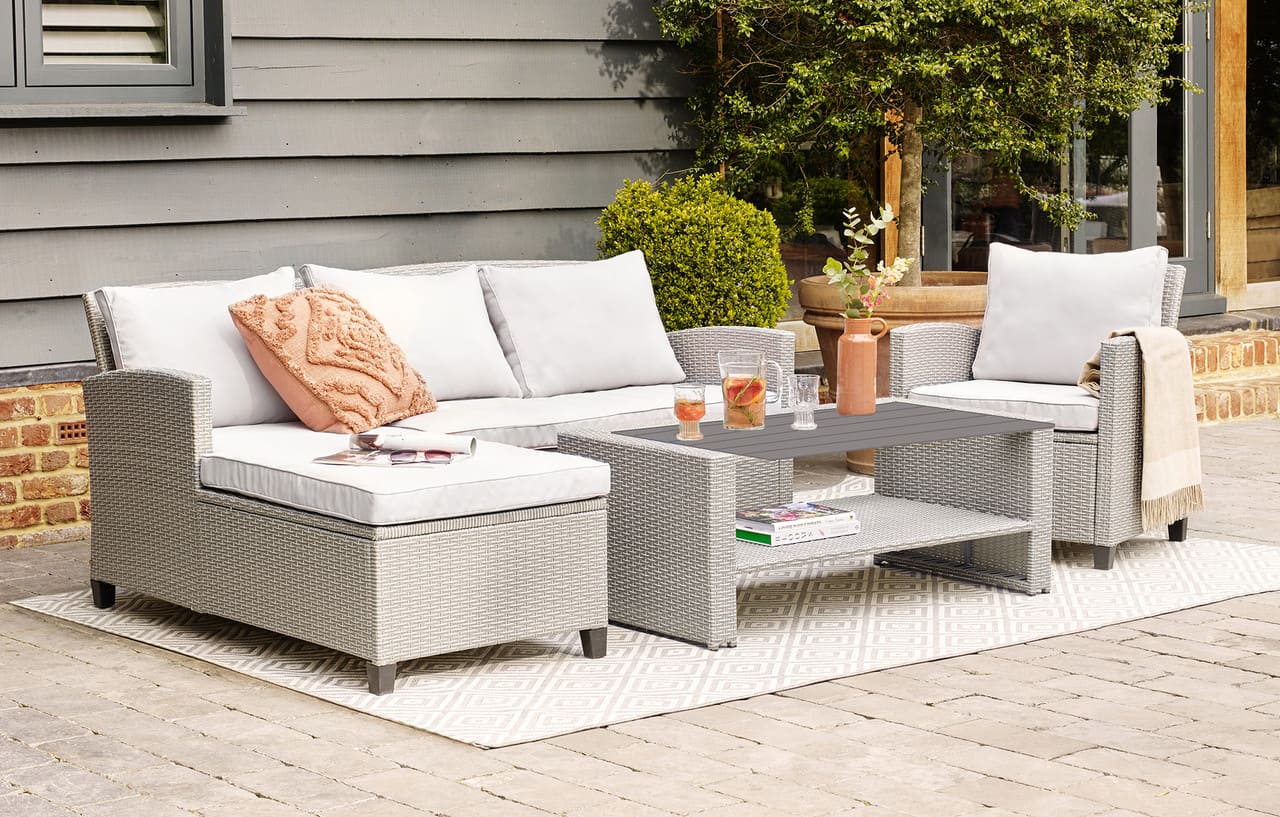
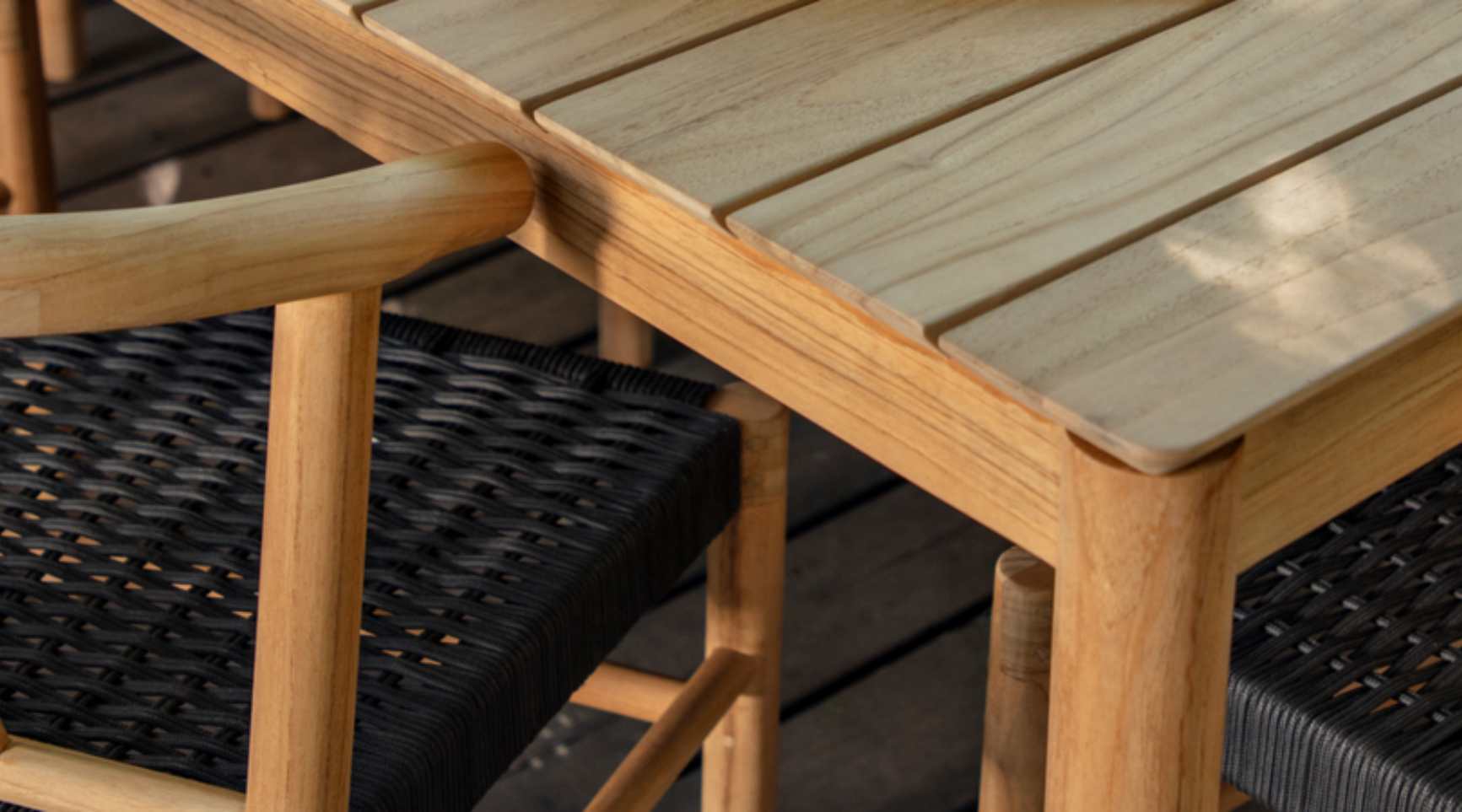


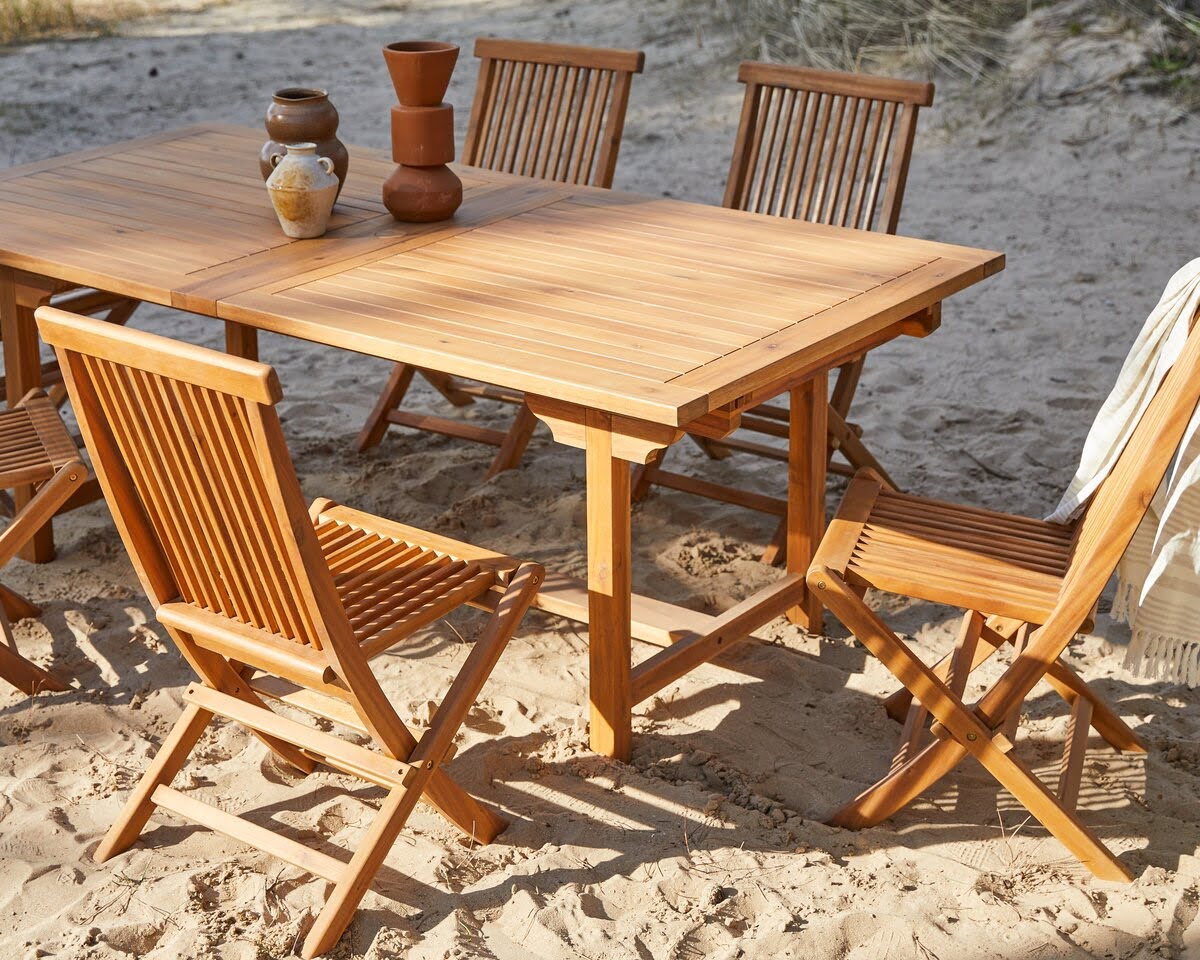
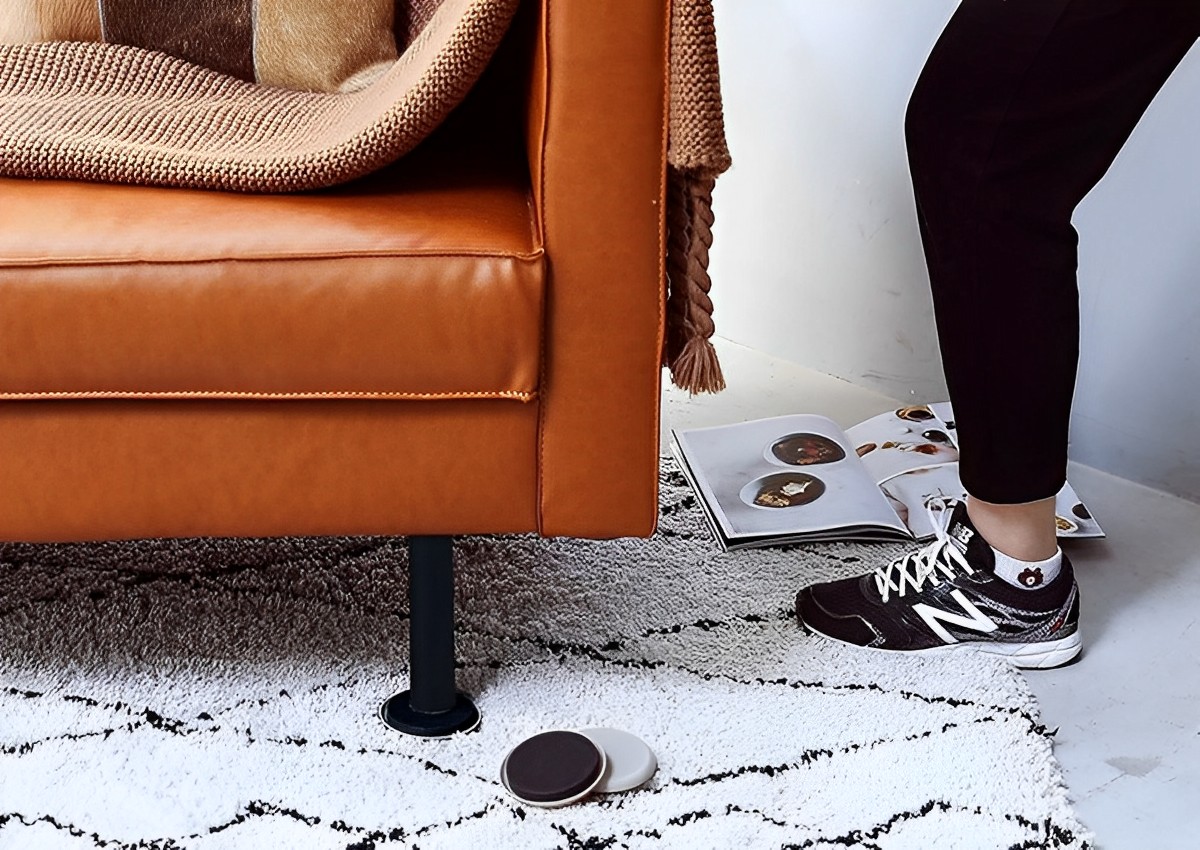



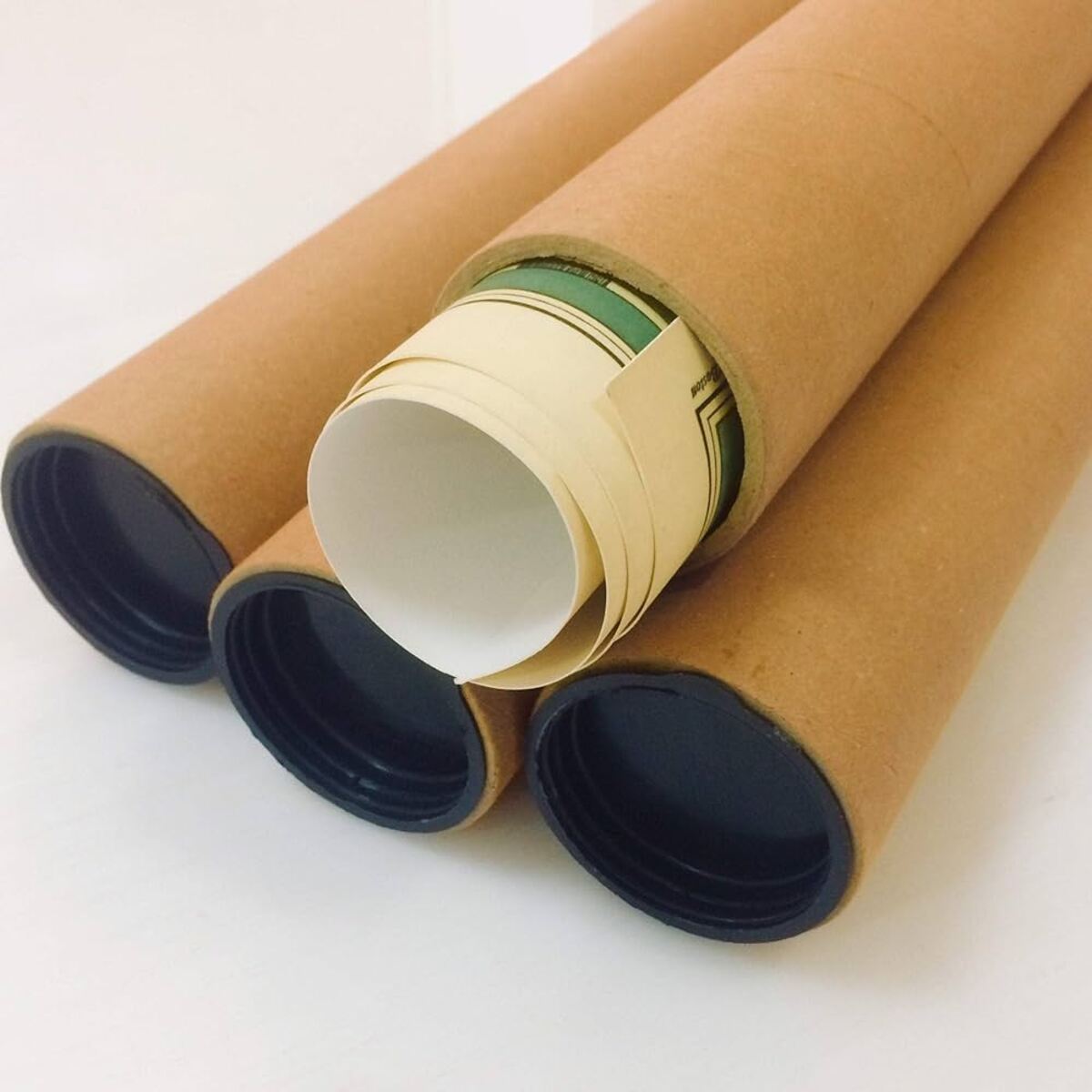


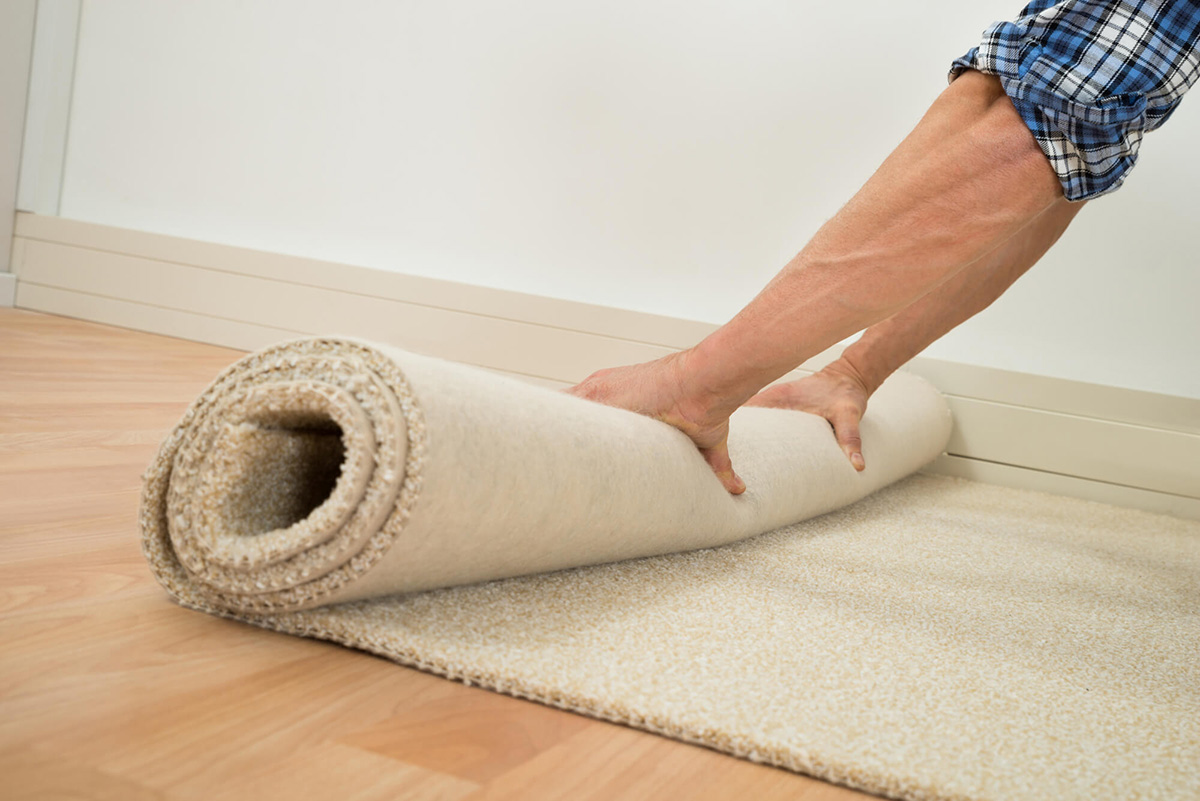

0 thoughts on “How To Protect Furniture When Moving”